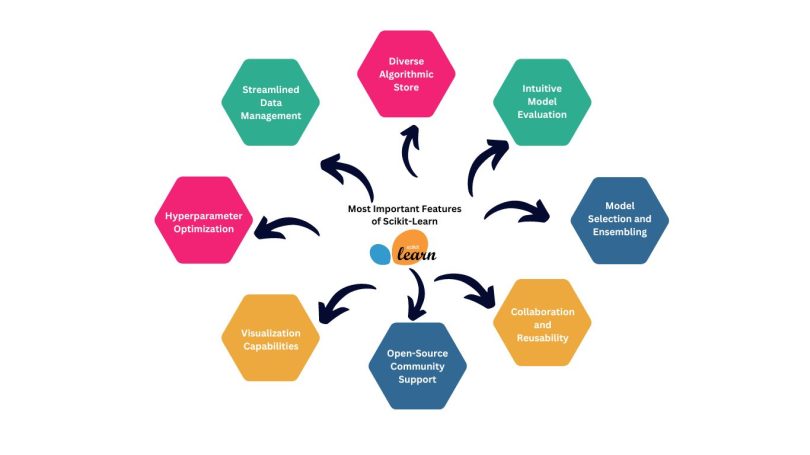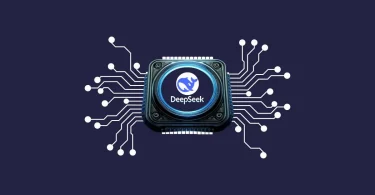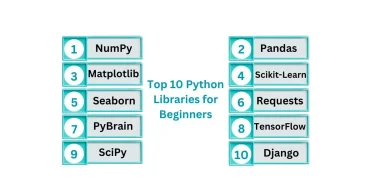Scikit-Learn often referred to as sklearn, is a Python library with the main goal of providing implementations of machine learning models and statistical models. The scikit-learn framework carries a wide range of machine learning models to be implemented, including regression, classification and clustering, besides various statistical tools for the analysis of the models. Moreover, it is part of dimensionality reduction, feature selection, feature extraction and ensemble techniques. It integrates the pre-existing datasets for testing. The basic groundwork of this library comes from integrating NumPy, SciPy and Matplotlib, ensuring its reliability and flexibility.
What is Scikit-learn?
Sklearn is the main machine-learning library for Python that can be found at no cost. It involves a class of algorithms that can distinguish between categorization, regression and clustering, namely, support vector machines, random forests, gradient boosting, k-means and DBSCAN. Scikit-learn was designed to be a layer that would work hand in hand with the Python scientific and numerical libraries NumPy and SciPy and uses NumFOCUS as its fiscal sponsor.
Key Features:
Scikit-learn, known as Python-based machine learning, is an irreplaceable battery of means for data scientists and developers. Diving into the details of its diverse features makes it entirely clear why it stands as a pillar in the machine learning context.
Diverse Algorithmic Store:
The core of Scikit-learn consists of a large number of prebuilt machine learning algorithms of different types, which are grouped into classification, regression, clustering and dimensionality reduction. This vast database enables the users to make the right choice of the algorithm that suits their particular case, thus eliminating the need for repetition.
Streamlined Data Management:
Integration with the appropriate data science libraries, such as NumPy and pandas, supports simple data handling within Scikit-learn. Such integration includes data loading, transformation and partitioning which are critical activities that are simplified to allow the models to be as good as possible.
Intuitive Model Evaluation:
The Scikit-learn library provides a set of standard assessments that are specialized by different machine learning tasks. These assessments provide useful insights into the model performance and aid in iterative refinement.
Hyperparameter Optimization:
An important part of hyperparameter tuning is made easy through Skikit-learn’s wide library of tools that enable users to identify the appropriate model parameters for optimal performance.
Model Selection and Ensembling:
A complete toolkit is equipped with all the necessary features that will allow users to pick the best-fitting model for their data. Additionally, collaborative models even provide the users with a way to realize the total effect of multiple models for the purpose of improved prediction outcomes.
Visualization Capabilities:
In addition, visualization libraries like Matplotlib allow users to plot data and model performance in meaningful visualizations for better comprehension and also identify the areas that require enhancement.
Collaboration and Reusability:
Scikit-learn’s compliance with the best practices and modular design provides a great environment for code collaboration and reusability. It enhances the efficiency and maintainability of the code base in large teams.
Open-Source Community Support:
Particularly, as an open-source project, Scikit-learn enjoys the support of a large community of developers and data scientists that, in turn, guarantees its constant evolution and gives access to the latest in machine learning techniques.
Through the utilization of these features, students can reveal the magic of Scikit-learn and move on the explorative road of machine learning.
Conclusion:
In a nutshell, Scikit-Learn provides data scientists with a toolbox for an easy way to deal with machine learning. From its wide pre-built algorithms to its distinguishable model evaluation and open-source community, Skitlearn helps users to exceed themselves at every stage of the machine learning workflow. This article has offered a pretty good start, but there are all sorts of branches you can explore. Going on to the practical part, advanced techniques and hands-on tutorials could make this the greatest jumping board that will help any machine learning prospector to proceed straightforwardly on their learning journey.




Leave a Comment